-
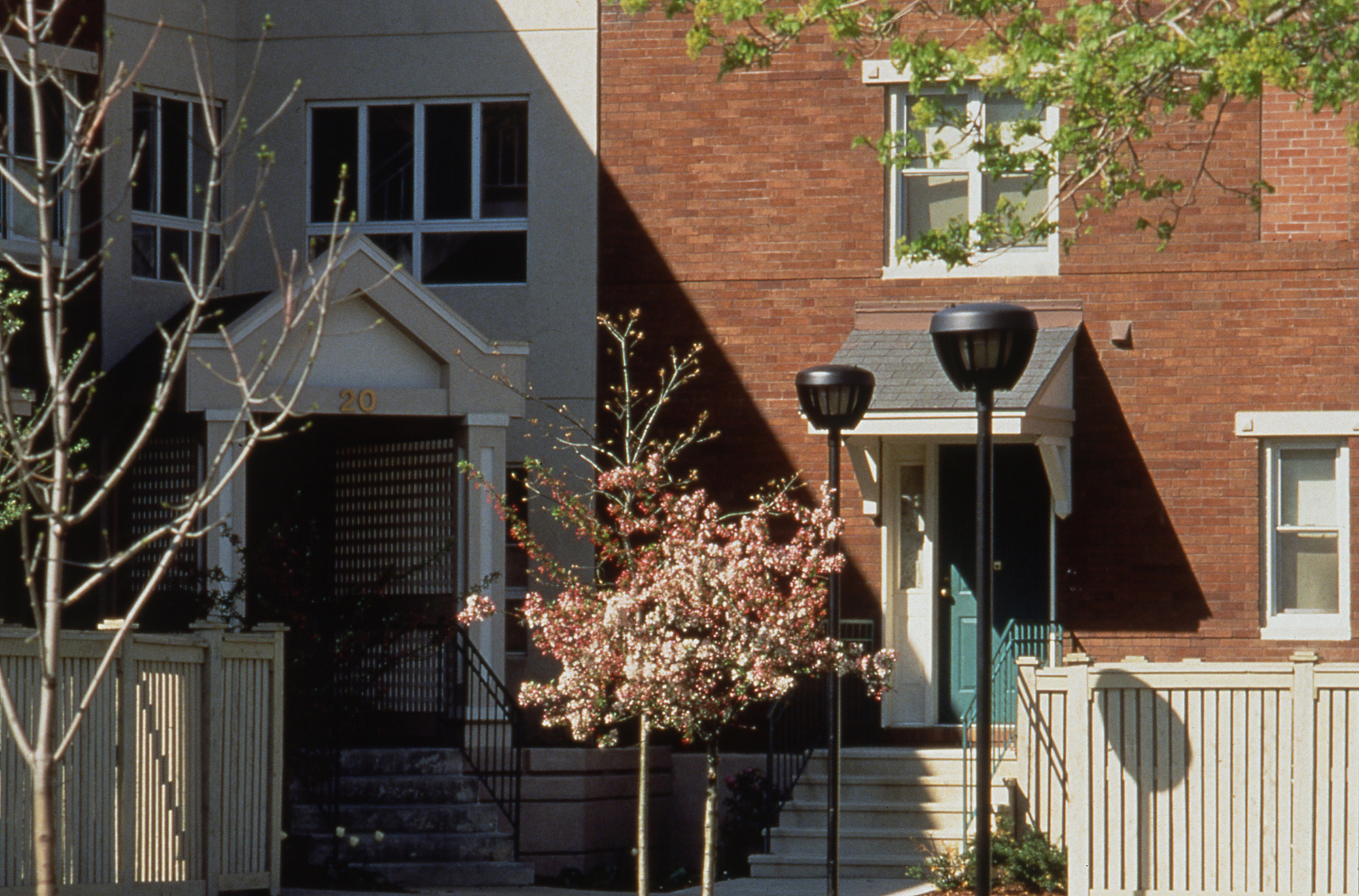 Harbor Point
Harbor Point 1993 Rudy Bruner Award for Urban Excellence - Gold Medal
Harbor Point is the redevelopment a 1950s public housing project into a racially and economically diverse community overlooking Boston Harbor. The redevelopment transformed Columbia Point, a dangerous and deteriorated 1,504-unit public housing project serving mainly low-income minorities, into a fully renovated 1,283-unit mixed-income community with new amenities and integrated social services. The 50-acre community, now safe and attractive, was completed in 1991.
In order to attract and support a mixed-income community, the redevelopment incorporated significant physical changes as well as a variety of social support services. The developers worked with existing tenants to ensure they had a voice in the design and planning process and an ongoing management role. The $201 million development is organized around the water and includes a three-block-long landscaped mall with a health center and youth center leading to a bay-front park. Street grids were reoriented to reveal waterfront views, and the number of units was scaled back to increase unit size and quality. Existing structures were remodeled and new buildings designed to offer a diversity of unit types, building scales, and materials. Subsidized units blend in seamlessly, undistinguishable from market-rate apartments, for a shared sense of community.
-
 New Community Corporation
New Community Corporation 1993 Rudy Bruner Award for Urban Excellence - Gold Medal
New Community Corporation (NCC) offers low-income housing and social services to revitalize Newark, New Jersey’s Central Ward. Born in response to the riots of 1967, the NCC rebuilt the devastated Central Ward through the creation of the oldest and largest community development corporation in the country. The NCC provides a range of comprehensive and innovative services to meet a variety of urban needs including low-income and transitional housing, childcare, employment, job training, educational opportunities, and social and health care services.
Dedicated to improving the quality of life in the Central Ward, this grassroots redevelopment venture provides housing for over 6,000 individuals in apartments and homes contained within 15 housing developments. The 2,498 units range from senior citizen high rises, to family town houses, to mid-rise mixed tenancy buildings that mindfully preserve historic sites. The NCC also promotes economic recovery and stability in the area, employing 1,200 people in several for-profit businesses, seven childcare centers, a school for 300 students, and multiple assistance agencies.
-
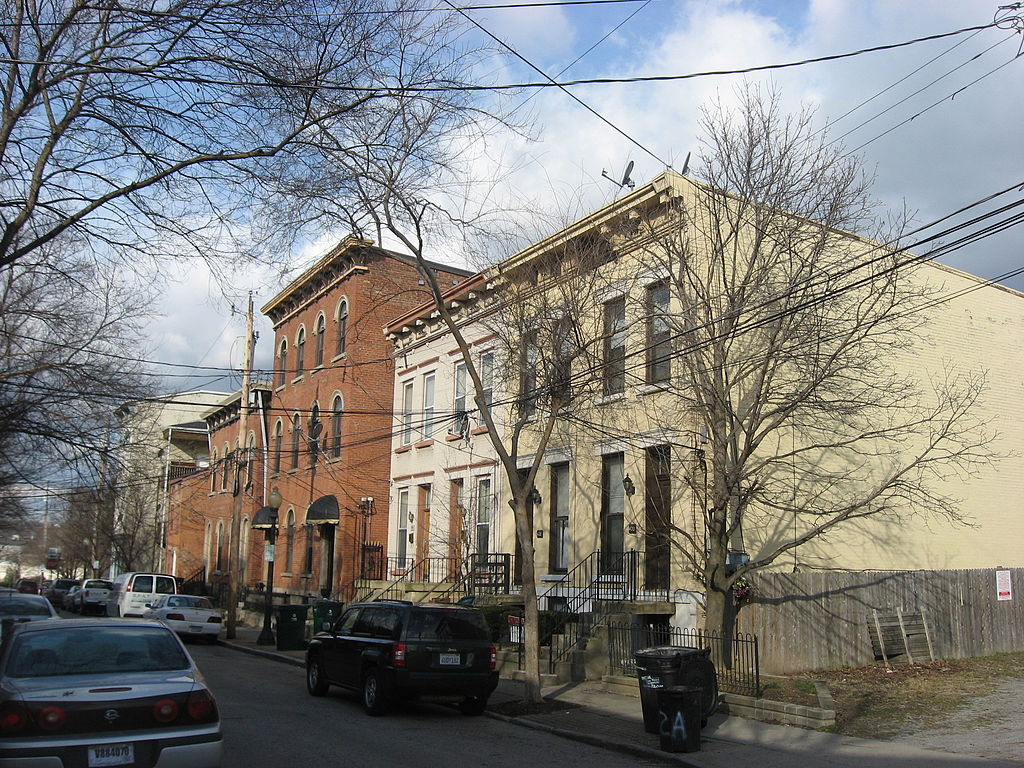 Betts-Longworth Historic District
Betts-Longworth Historic District 1993 Rudy Bruner Award for Urban Excellence - Silver Medal
The Betts-Longworth Historic District in Cincinnati combines historic preservation and new development to successfully revitalize a small downtown neighborhood. Now a thriving low- and middle-income neighborhood, the project promotes socio-economic diversity and stability in an area once on the verge of complete demolition. By the end of 1993, the district included 240 rehabilitated apartment units; 77 single-family homes; 20,000 square feet of rehabilitated office space; 4,000 square feet of rehabilitated retail space; 370 parking spaces; and a park designed, constructed, and maintained by middle school students.
The initiative has sparked economic growth by encouraging small-scale private development and the participation of minority developers and contractors, and economic and racial diversity in the area are increasing. The plan includes a marketing and public relations strategy to attract residents and investors and a financing strategy to reduce investment risk through a five-bank loan consortium. The project has succeeded in saving most of the district’s historic buildings, and new buildings are designed to fit the rich character of the neighborhood.
-
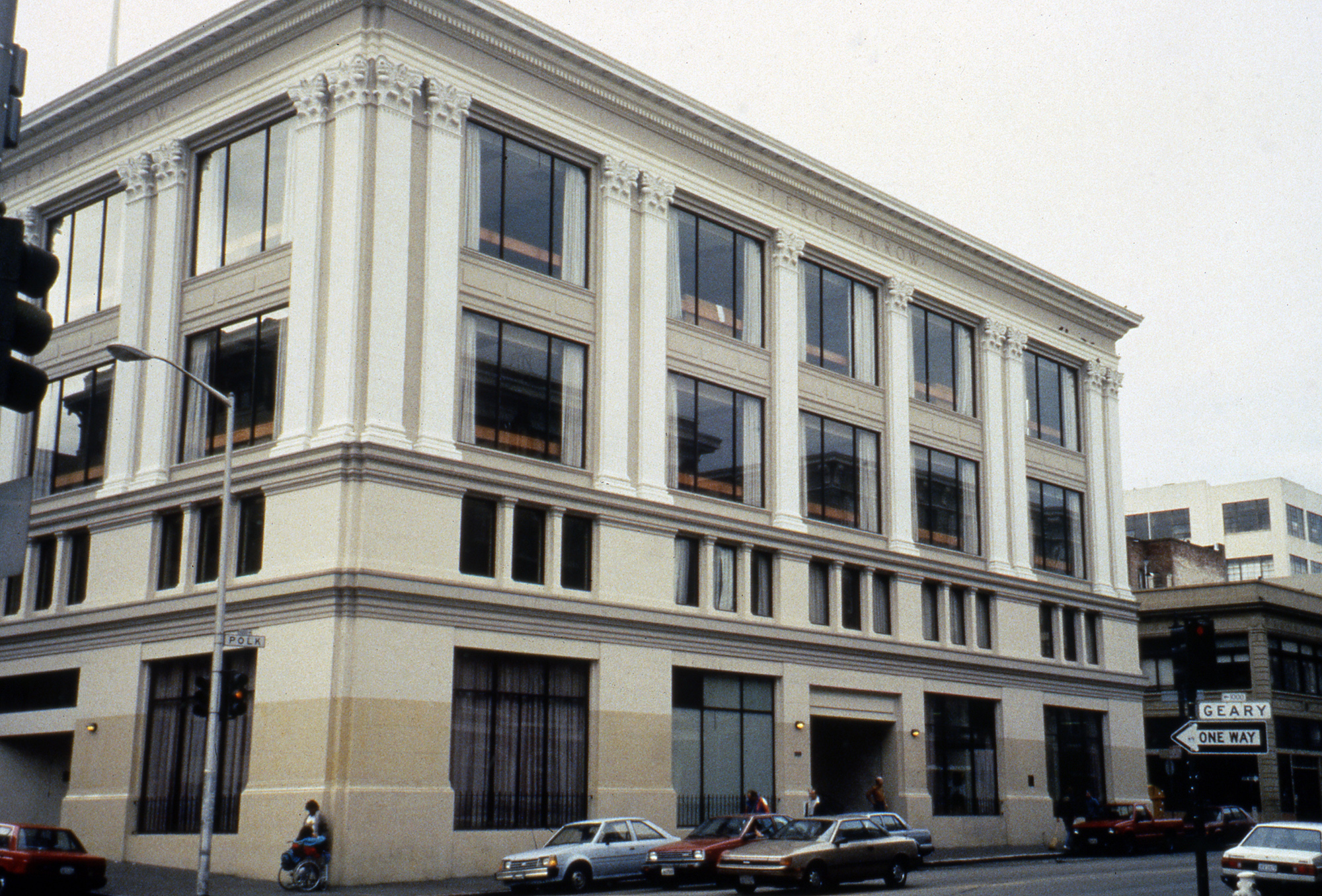 Beyond Homelessness
Beyond Homelessness 1993 Rudy Bruner Award for Urban Excellence - Silver Medal
Beyond Homelessness offers a comprehensive approach to homelessness in San Francisco through programs that provide food, shelter, social services, and housing. The larger of two multi-service centers, for example, offers 225 shelter beds, toilets and showers, and laundry facilities as well as a day-lounge with a 95-person capacity. Housed in a repurposed and renovated concrete frame warehouse, the center is a welcome alternative to traditional shelters. A smaller drop-in center is open 24 hours a day, and an outreach center located at the bus terminal offers counseling, benefits assistance, clothing, and mental and physical health referrals. Multiple hotel projects provide temporary and permanent housing along with support, including childcare and educational opportunities, to help residents achieve stability.
Beyond Homelessness programs are rooted in San Francisco’s 1989 Beyond Shelter plan, which aims to reduce the homeless population by assisting the homeless in finding needed services and permanent housing, acquiring and rehabilitating low-income housing, and stabilizing income through job training.
-
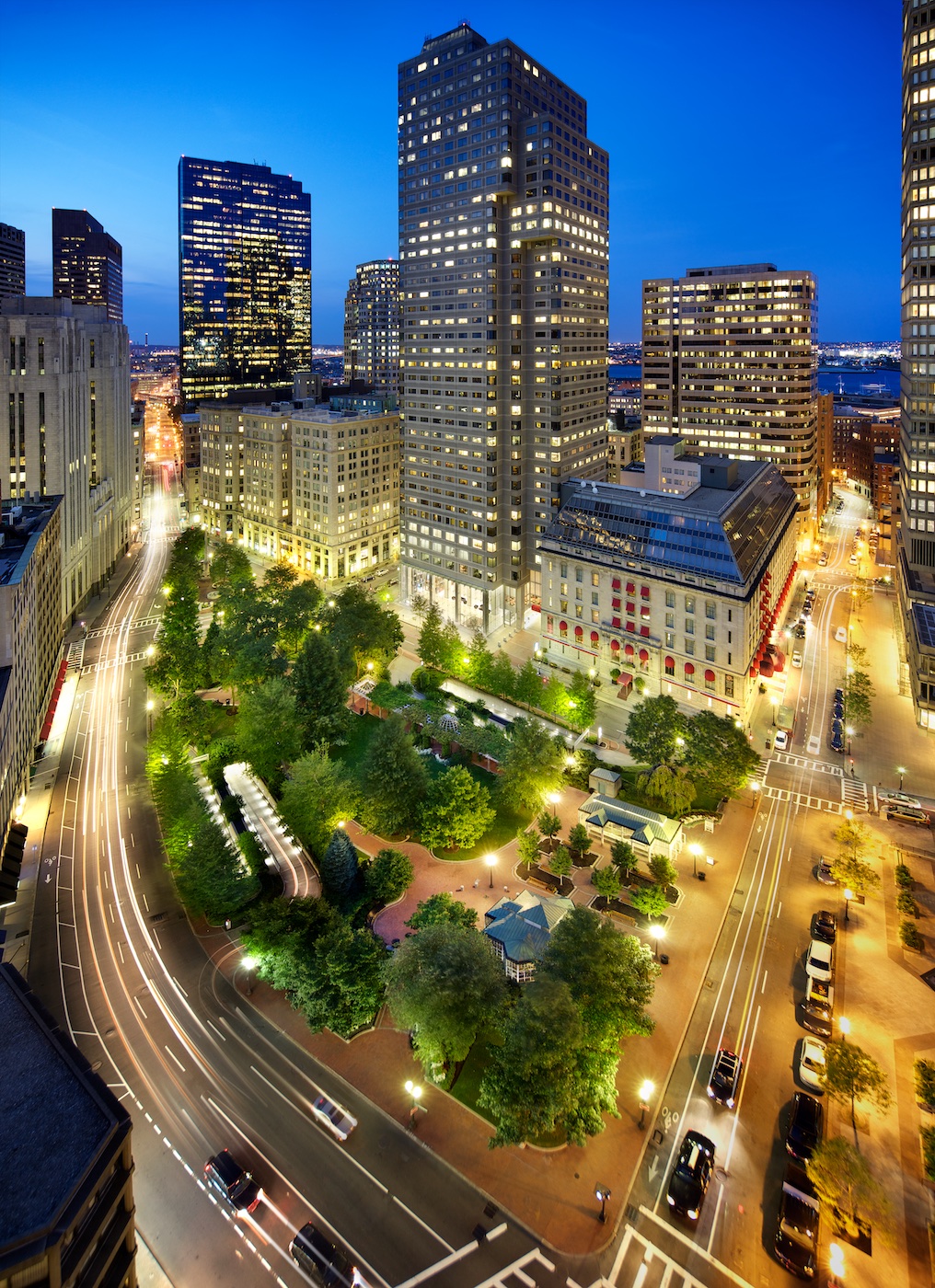 The Park at Post Office Square
The Park at Post Office Square 1993 Rudy Bruner Award for Urban Excellence - Silver Medal
The Park at Post Office Square converted an abandoned parking garage into a 1.7-acre park that provides much-needed green space in downtown Boston. A landmark of urban landscape design, the park is a green oasis and popular destination in the heart of the financial district. A seven-story underground parking structure provides convenient access to the park and surrounding neighborhood and ongoing revenue for the project.
The park was created through an innovative public-private partnership at no cost to the public. The design emphasized providing a variety of opportunities for rest and recreation, creating visual and spatial relief from the park’s urban surroundings, incorporating abundant and varied flora, and providing a focal point for the financial district. The meticulously maintained park features a walk-through sculptural fountain and a 140-foot-long trellis over a pedestrian walkway. Safety is enhanced by keeping all points of the park open and within sightlines of the street, and a glass pavilion houses a year-round café. The park’s location in the midst of a heavily-trafficked district serves as a model for other cities attempting to integrate green space in crowded downtown areas.
-
 Harbor Point case study
Harbor Point case study
-
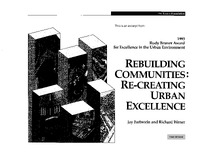 New Community Corporation case study
New Community Corporation case study
-
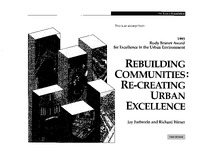 Betts-Longworth Historic District case study
Betts-Longworth Historic District case study
-
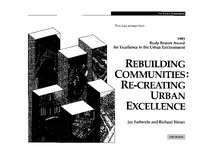 Beyond Homelessness case study
Beyond Homelessness case study
-
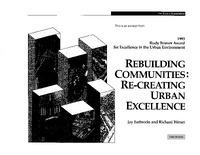 The Park at Post Office Square case study
The Park at Post Office Square case study
-
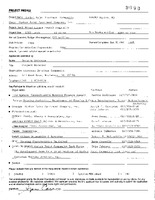 Harbor Point application
Harbor Point application
-
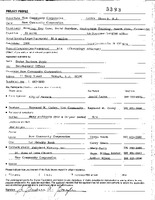 New Community Corporation application
New Community Corporation application
-
 Betts-Longworth Historic District application
Betts-Longworth Historic District application
-
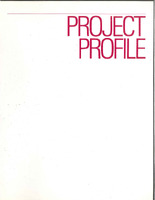 Beyond Homelessness application
Beyond Homelessness application
-
 The Park at Post Office Square application
The Park at Post Office Square application
-
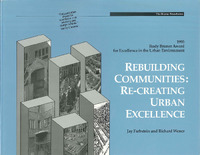 Rebuilding Communities: Re-creating Urban Excellence
Rebuilding Communities: Re-creating Urban Excellence 1993 Rudy Bruner Award for Urban Excellence
-
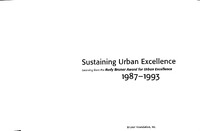 Sustaining Urban Excellence: Learning from the Rudy Bruner Award for Urban Excellence 1987-1993
Sustaining Urban Excellence: Learning from the Rudy Bruner Award for Urban Excellence 1987-1993 The Rudy Bruner Award seeks to discover and celebrate outstanding urban places, while serving as a forum for debating urban issues and the nature of urban excellence. The projects presented in this book include the winners from he first award cycle in 1987 through 1993. While each of the winners represented innovation and success when they were recognized by the Rudy Bruner Award, time is the ultimate test of viability. As the Award proceeded it therefore became important to ask:
-How have these urban places withstood the test of time?
-How have they evolved in the face of changing circumstances?
-What do these places have to teach us when viewed as a whole?
In order to answer these questions, the Bruner Foundation, with assistance from the United States Department of Housing and Urban Development, undertook to revisit these finalists. This book documents the findings of those visits, and offers important observations about the challenge of sustaining urban excellence.
 Harbor Point 1993 Rudy Bruner Award for Urban Excellence - Gold Medal Harbor Point is the redevelopment a 1950s public housing project into a racially and economically diverse community overlooking Boston Harbor. The redevelopment transformed Columbia Point, a dangerous and deteriorated 1,504-unit public housing project serving mainly low-income minorities, into a fully renovated 1,283-unit mixed-income community with new amenities and integrated social services. The 50-acre community, now safe and attractive, was completed in 1991. In order to attract and support a mixed-income community, the redevelopment incorporated significant physical changes as well as a variety of social support services. The developers worked with existing tenants to ensure they had a voice in the design and planning process and an ongoing management role. The $201 million development is organized around the water and includes a three-block-long landscaped mall with a health center and youth center leading to a bay-front park. Street grids were reoriented to reveal waterfront views, and the number of units was scaled back to increase unit size and quality. Existing structures were remodeled and new buildings designed to offer a diversity of unit types, building scales, and materials. Subsidized units blend in seamlessly, undistinguishable from market-rate apartments, for a shared sense of community.
Harbor Point 1993 Rudy Bruner Award for Urban Excellence - Gold Medal Harbor Point is the redevelopment a 1950s public housing project into a racially and economically diverse community overlooking Boston Harbor. The redevelopment transformed Columbia Point, a dangerous and deteriorated 1,504-unit public housing project serving mainly low-income minorities, into a fully renovated 1,283-unit mixed-income community with new amenities and integrated social services. The 50-acre community, now safe and attractive, was completed in 1991. In order to attract and support a mixed-income community, the redevelopment incorporated significant physical changes as well as a variety of social support services. The developers worked with existing tenants to ensure they had a voice in the design and planning process and an ongoing management role. The $201 million development is organized around the water and includes a three-block-long landscaped mall with a health center and youth center leading to a bay-front park. Street grids were reoriented to reveal waterfront views, and the number of units was scaled back to increase unit size and quality. Existing structures were remodeled and new buildings designed to offer a diversity of unit types, building scales, and materials. Subsidized units blend in seamlessly, undistinguishable from market-rate apartments, for a shared sense of community. New Community Corporation 1993 Rudy Bruner Award for Urban Excellence - Gold Medal New Community Corporation (NCC) offers low-income housing and social services to revitalize Newark, New Jersey’s Central Ward. Born in response to the riots of 1967, the NCC rebuilt the devastated Central Ward through the creation of the oldest and largest community development corporation in the country. The NCC provides a range of comprehensive and innovative services to meet a variety of urban needs including low-income and transitional housing, childcare, employment, job training, educational opportunities, and social and health care services. Dedicated to improving the quality of life in the Central Ward, this grassroots redevelopment venture provides housing for over 6,000 individuals in apartments and homes contained within 15 housing developments. The 2,498 units range from senior citizen high rises, to family town houses, to mid-rise mixed tenancy buildings that mindfully preserve historic sites. The NCC also promotes economic recovery and stability in the area, employing 1,200 people in several for-profit businesses, seven childcare centers, a school for 300 students, and multiple assistance agencies.
New Community Corporation 1993 Rudy Bruner Award for Urban Excellence - Gold Medal New Community Corporation (NCC) offers low-income housing and social services to revitalize Newark, New Jersey’s Central Ward. Born in response to the riots of 1967, the NCC rebuilt the devastated Central Ward through the creation of the oldest and largest community development corporation in the country. The NCC provides a range of comprehensive and innovative services to meet a variety of urban needs including low-income and transitional housing, childcare, employment, job training, educational opportunities, and social and health care services. Dedicated to improving the quality of life in the Central Ward, this grassroots redevelopment venture provides housing for over 6,000 individuals in apartments and homes contained within 15 housing developments. The 2,498 units range from senior citizen high rises, to family town houses, to mid-rise mixed tenancy buildings that mindfully preserve historic sites. The NCC also promotes economic recovery and stability in the area, employing 1,200 people in several for-profit businesses, seven childcare centers, a school for 300 students, and multiple assistance agencies. Betts-Longworth Historic District 1993 Rudy Bruner Award for Urban Excellence - Silver Medal The Betts-Longworth Historic District in Cincinnati combines historic preservation and new development to successfully revitalize a small downtown neighborhood. Now a thriving low- and middle-income neighborhood, the project promotes socio-economic diversity and stability in an area once on the verge of complete demolition. By the end of 1993, the district included 240 rehabilitated apartment units; 77 single-family homes; 20,000 square feet of rehabilitated office space; 4,000 square feet of rehabilitated retail space; 370 parking spaces; and a park designed, constructed, and maintained by middle school students. The initiative has sparked economic growth by encouraging small-scale private development and the participation of minority developers and contractors, and economic and racial diversity in the area are increasing. The plan includes a marketing and public relations strategy to attract residents and investors and a financing strategy to reduce investment risk through a five-bank loan consortium. The project has succeeded in saving most of the district’s historic buildings, and new buildings are designed to fit the rich character of the neighborhood.
Betts-Longworth Historic District 1993 Rudy Bruner Award for Urban Excellence - Silver Medal The Betts-Longworth Historic District in Cincinnati combines historic preservation and new development to successfully revitalize a small downtown neighborhood. Now a thriving low- and middle-income neighborhood, the project promotes socio-economic diversity and stability in an area once on the verge of complete demolition. By the end of 1993, the district included 240 rehabilitated apartment units; 77 single-family homes; 20,000 square feet of rehabilitated office space; 4,000 square feet of rehabilitated retail space; 370 parking spaces; and a park designed, constructed, and maintained by middle school students. The initiative has sparked economic growth by encouraging small-scale private development and the participation of minority developers and contractors, and economic and racial diversity in the area are increasing. The plan includes a marketing and public relations strategy to attract residents and investors and a financing strategy to reduce investment risk through a five-bank loan consortium. The project has succeeded in saving most of the district’s historic buildings, and new buildings are designed to fit the rich character of the neighborhood. Beyond Homelessness 1993 Rudy Bruner Award for Urban Excellence - Silver Medal Beyond Homelessness offers a comprehensive approach to homelessness in San Francisco through programs that provide food, shelter, social services, and housing. The larger of two multi-service centers, for example, offers 225 shelter beds, toilets and showers, and laundry facilities as well as a day-lounge with a 95-person capacity. Housed in a repurposed and renovated concrete frame warehouse, the center is a welcome alternative to traditional shelters. A smaller drop-in center is open 24 hours a day, and an outreach center located at the bus terminal offers counseling, benefits assistance, clothing, and mental and physical health referrals. Multiple hotel projects provide temporary and permanent housing along with support, including childcare and educational opportunities, to help residents achieve stability. Beyond Homelessness programs are rooted in San Francisco’s 1989 Beyond Shelter plan, which aims to reduce the homeless population by assisting the homeless in finding needed services and permanent housing, acquiring and rehabilitating low-income housing, and stabilizing income through job training.
Beyond Homelessness 1993 Rudy Bruner Award for Urban Excellence - Silver Medal Beyond Homelessness offers a comprehensive approach to homelessness in San Francisco through programs that provide food, shelter, social services, and housing. The larger of two multi-service centers, for example, offers 225 shelter beds, toilets and showers, and laundry facilities as well as a day-lounge with a 95-person capacity. Housed in a repurposed and renovated concrete frame warehouse, the center is a welcome alternative to traditional shelters. A smaller drop-in center is open 24 hours a day, and an outreach center located at the bus terminal offers counseling, benefits assistance, clothing, and mental and physical health referrals. Multiple hotel projects provide temporary and permanent housing along with support, including childcare and educational opportunities, to help residents achieve stability. Beyond Homelessness programs are rooted in San Francisco’s 1989 Beyond Shelter plan, which aims to reduce the homeless population by assisting the homeless in finding needed services and permanent housing, acquiring and rehabilitating low-income housing, and stabilizing income through job training. The Park at Post Office Square 1993 Rudy Bruner Award for Urban Excellence - Silver Medal The Park at Post Office Square converted an abandoned parking garage into a 1.7-acre park that provides much-needed green space in downtown Boston. A landmark of urban landscape design, the park is a green oasis and popular destination in the heart of the financial district. A seven-story underground parking structure provides convenient access to the park and surrounding neighborhood and ongoing revenue for the project. The park was created through an innovative public-private partnership at no cost to the public. The design emphasized providing a variety of opportunities for rest and recreation, creating visual and spatial relief from the park’s urban surroundings, incorporating abundant and varied flora, and providing a focal point for the financial district. The meticulously maintained park features a walk-through sculptural fountain and a 140-foot-long trellis over a pedestrian walkway. Safety is enhanced by keeping all points of the park open and within sightlines of the street, and a glass pavilion houses a year-round café. The park’s location in the midst of a heavily-trafficked district serves as a model for other cities attempting to integrate green space in crowded downtown areas.
The Park at Post Office Square 1993 Rudy Bruner Award for Urban Excellence - Silver Medal The Park at Post Office Square converted an abandoned parking garage into a 1.7-acre park that provides much-needed green space in downtown Boston. A landmark of urban landscape design, the park is a green oasis and popular destination in the heart of the financial district. A seven-story underground parking structure provides convenient access to the park and surrounding neighborhood and ongoing revenue for the project. The park was created through an innovative public-private partnership at no cost to the public. The design emphasized providing a variety of opportunities for rest and recreation, creating visual and spatial relief from the park’s urban surroundings, incorporating abundant and varied flora, and providing a focal point for the financial district. The meticulously maintained park features a walk-through sculptural fountain and a 140-foot-long trellis over a pedestrian walkway. Safety is enhanced by keeping all points of the park open and within sightlines of the street, and a glass pavilion houses a year-round café. The park’s location in the midst of a heavily-trafficked district serves as a model for other cities attempting to integrate green space in crowded downtown areas. Harbor Point case study
Harbor Point case study  New Community Corporation case study
New Community Corporation case study  Betts-Longworth Historic District case study
Betts-Longworth Historic District case study  Beyond Homelessness case study
Beyond Homelessness case study  The Park at Post Office Square case study
The Park at Post Office Square case study  Harbor Point application
Harbor Point application  New Community Corporation application
New Community Corporation application  Betts-Longworth Historic District application
Betts-Longworth Historic District application  Beyond Homelessness application
Beyond Homelessness application  The Park at Post Office Square application
The Park at Post Office Square application  Rebuilding Communities: Re-creating Urban Excellence 1993 Rudy Bruner Award for Urban Excellence
Rebuilding Communities: Re-creating Urban Excellence 1993 Rudy Bruner Award for Urban Excellence Sustaining Urban Excellence: Learning from the Rudy Bruner Award for Urban Excellence 1987-1993 The Rudy Bruner Award seeks to discover and celebrate outstanding urban places, while serving as a forum for debating urban issues and the nature of urban excellence. The projects presented in this book include the winners from he first award cycle in 1987 through 1993. While each of the winners represented innovation and success when they were recognized by the Rudy Bruner Award, time is the ultimate test of viability. As the Award proceeded it therefore became important to ask: -How have these urban places withstood the test of time? -How have they evolved in the face of changing circumstances? -What do these places have to teach us when viewed as a whole? In order to answer these questions, the Bruner Foundation, with assistance from the United States Department of Housing and Urban Development, undertook to revisit these finalists. This book documents the findings of those visits, and offers important observations about the challenge of sustaining urban excellence.
Sustaining Urban Excellence: Learning from the Rudy Bruner Award for Urban Excellence 1987-1993 The Rudy Bruner Award seeks to discover and celebrate outstanding urban places, while serving as a forum for debating urban issues and the nature of urban excellence. The projects presented in this book include the winners from he first award cycle in 1987 through 1993. While each of the winners represented innovation and success when they were recognized by the Rudy Bruner Award, time is the ultimate test of viability. As the Award proceeded it therefore became important to ask: -How have these urban places withstood the test of time? -How have they evolved in the face of changing circumstances? -What do these places have to teach us when viewed as a whole? In order to answer these questions, the Bruner Foundation, with assistance from the United States Department of Housing and Urban Development, undertook to revisit these finalists. This book documents the findings of those visits, and offers important observations about the challenge of sustaining urban excellence.